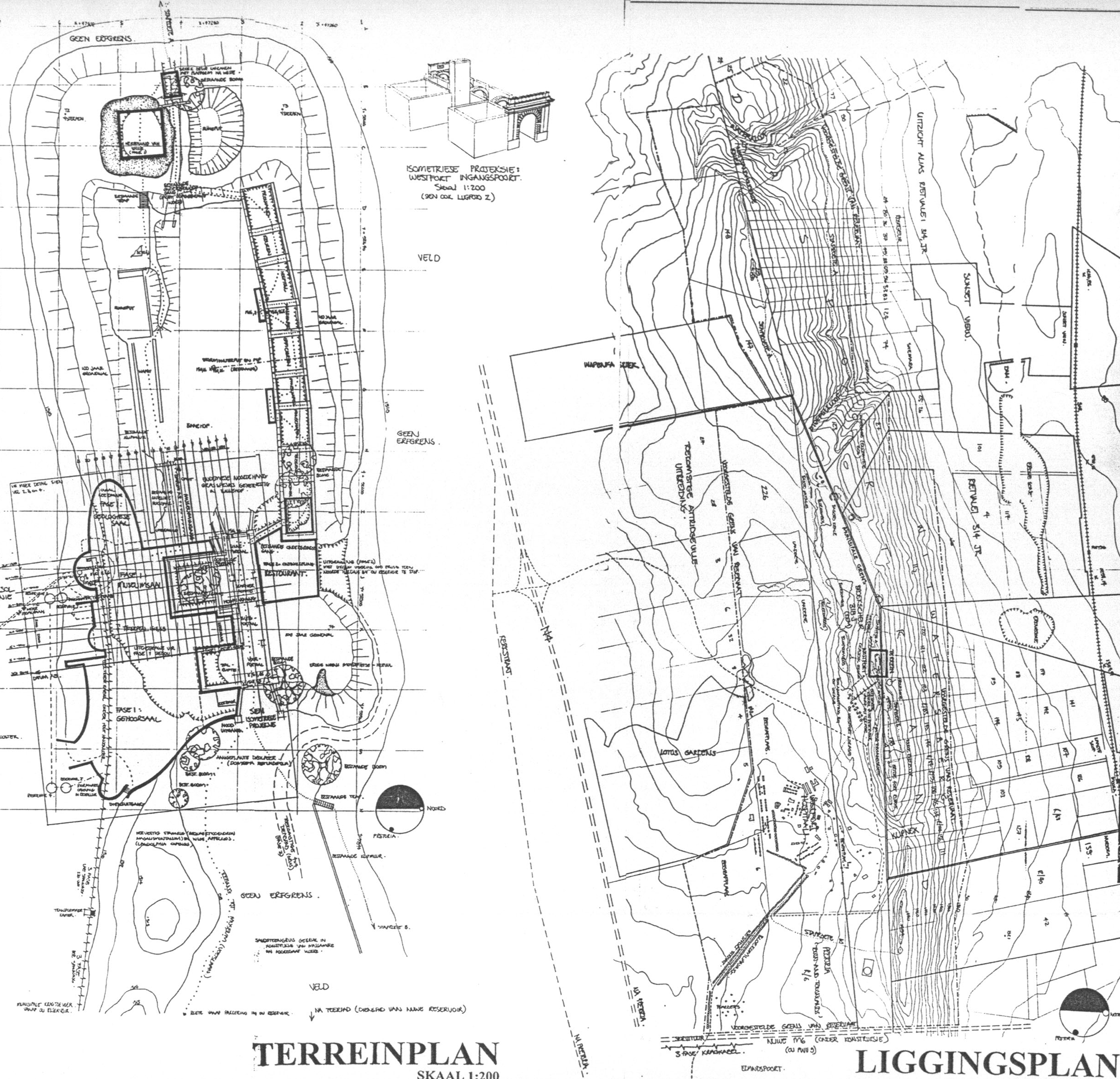Approach to working in old towns and with ruins


Historic District Interventions and Redevelopments
Interventions in the heart of historic Shanghai, Beijing, Tianjin, Ningbo, Quanzhou, Doha and Dubai, and the preservation, restoration, reuse and redevelopment of buildings in these cities has provided strong experience in master planning and architectural design in historic contexts.
The design solution is often to use a modern and contrasting design language, and sometimes to blend in the the existing context. It is always though to respect scale and the spirit of the historic structures and their relationship.
Click on one of the links to see restoration, preservation and redevelopment projects in these cities or simply scroll down.
Historic district redevelopment experience by city:
Rockefeller Center Wai Tan Yuan


Location : The Bund Shanghai, China
Year : 2003
Client: The Rockefeller Group, New York
In conjunction with: HLW Architects NY
The Bund or Waitan (literally: “Outer Beach”) is a waterfront area in central Shanghai. The area centers on a section of Zhongshan Road (East-1 Zhongshan Road) within the former Shanghai International Settlement, which runs along the western bank of the Huangpu River in the eastern part of Huangpu District. The area along the river faces the modern skyscrapers of Lujiazui in the Pudong District.
The urban design of the section of the bund near the Suzhou creek was completed with HLW Inc New York for the Rockefeller Foundation before the engagement of IM Pei for the architectural design of the new components of the project. The Rockefeller Foundation is a private foundation based at 420 Fifth Avenue, New York City.
The old Bund on the edge of the Suzhou Creek is revitalized in this project, calling for the restoration of the vast majority of the concessional buildings of old Shanghai. It creates a new loft living core in down town Puxi for the well-to-do in Shanghai. The project included the old gardens of the British Consulate General and the New Peninsula Hotel.
The large park located at the north end of the historical Bund covers and area 17.000 sqm and represents the most outstanding prime location of the city, a urban oasis from which appreciate an amazing view of the bund and the Huangpu river.
Tianjin Little Italy

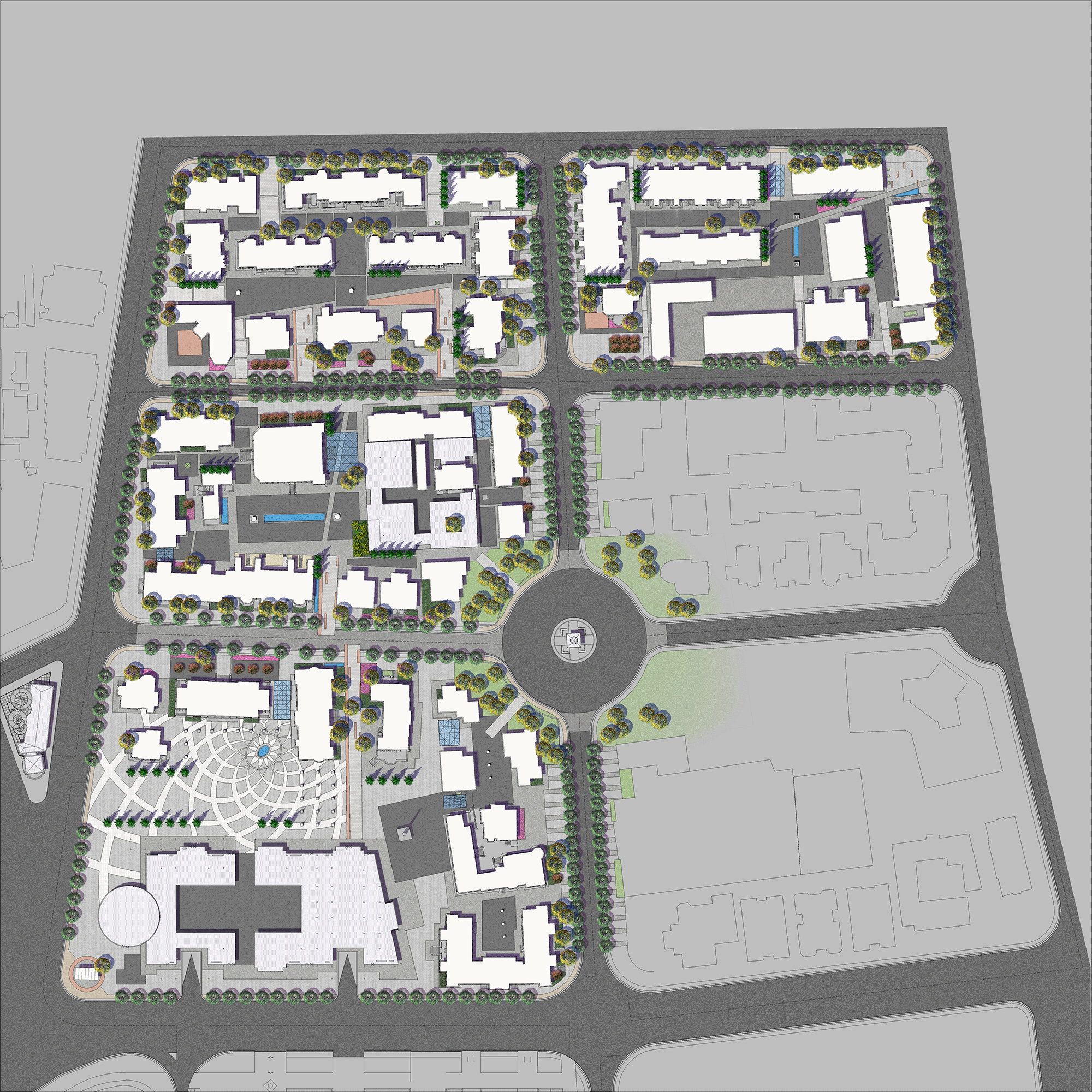
Location : Tianjin, PR China
Year : 2005
In collaboration with EDAW
The only Italian concession in China was located in the Hebei district of the modern municipality of Tianjin from 1901 until 194 7.
It was also the only example of Italian colonialism in Asia. Through the historical investigation of the former Italian concession, from its acquisition to its socio-spatial reorganisation as a ‘laboratory of modernity’ (Stoler 1995: 13-26), this chapter emphasises the imposed notion of the concession as an Italian-style ‘neighbourhood’: a miniature Disneyland-style venue of’Italianness’ or ‘Italian spirit’ (Italianita).
Focusing on the conceptualisation of the concession as a ‘neighbourhood’ and not a colony, Italy tried to give shape to a short-lived, although in colonial terms glorious, project: the ‘neighbourhood’ was meant to establish Italy’s status and prestige among the other colonial powers operating in China at the time.
The restoration of the neighborhood was done in conjunction with EDAW. The floor pattern from Michelangelo’s Campidoglio was used for the main square, and the Carlo Scarpa philosophy of palimpsest to layer modern black minimalist architecture on the old facades.
Quanzhou Luoyang Bridge area, Fujian


Location : Fijian, PR China
Year : 2005
In collaboration with EDAW
Luoyang Bridge, Lugou Bridge (Beijing), Zhaozhou Bridge (Shijiazhuang) and Guangji Bridge (Chaozhou) are renowned as the four famous ancient bridges in China. Luoyang Bridge spans the Luoyang River from south to north in the southern suburb of Quanzhou. It is China’s earliest stone beam bridge built at the seaport and is one of the state-level culture heritage protection units.
Construction of the Luoyang Bridge started in 1053 and was completed in 1059. Built with granite, the bridge features ship-like piers and a unique method of reinforcing the foundation. The ship-like piers could easily cut the rapid current in the river. To reinforce the foundation of the bridge, oysters were bred under the bridge because the liquid they secreted would help to bind the piers and the footstones together. This is the first time an organism was used to assist in reinforcing the structure of a bridge anywhere in the world.
To the south of the bridge stands the Cai Xiang Memorial Temple which displays a famous tablet engraved with the notes related to the building of the Wan’an Bridge.
In conjunction with EDAW, an award winning restoration/ preservation and redevelopment master plan was drawn up,protecting the historic fabric, and allowing for new structures and public realm improvements to activate the tourist potential and economic sustainability of the area.
Arabian Islands: Sir Baniyas Island MP

Location : Arabian Gulf, Abu Dhabi, UAE
Year : 2006
In collaboration with EDAW AECOM & TDIC
The 87 km² Sir Bani Yas Island is part of the Al Gharbia region of the United Arab Emirates. It's dominated by the Arabian Wildlife Park, with its roaming giraffes, cheetahs and gazelles. Multiple archaeological sites across the island include the ruins of an ancient Christian monastery. Salt dome hills define the island’s desert interior. The coast features beaches, sea kayak routes and a shipwreck.
Sir Bani Yas is 17.5 km (10.9 mi) from north to south and 9 km (5.6 mi) from east to west, making it the largest natural island in the United Arab Emirates. Located just off the shore of the Western region of Abu Dhabi, Sir Bani Yas was originally home to Arabia's largest wildlife reserve. Spanning over 87 sqkm (34 sq mi), the reserve was established in 1977 by Sheikh Zayed.
Thanks to masterplanning interventions by TDIC/ AECOM and conservation work/ ecological investment, it is now home to thousands of large free-roaming animals and several million trees and plants. With a bird sanctuary as well as a wildlife reserve established through planning, Sir Bani Yas now showcases nature through activities such as adventure safaris, kayaking, mountain biking, archery, hiking and snorkeling. The masterplanning was executed by the EDAW London, EDAW HK and EDAW Abu Dhabi offices, and lead by Lee Tabler the CEO of TDIC at the time.
Arabian Islands: Dalma Island Masterplan
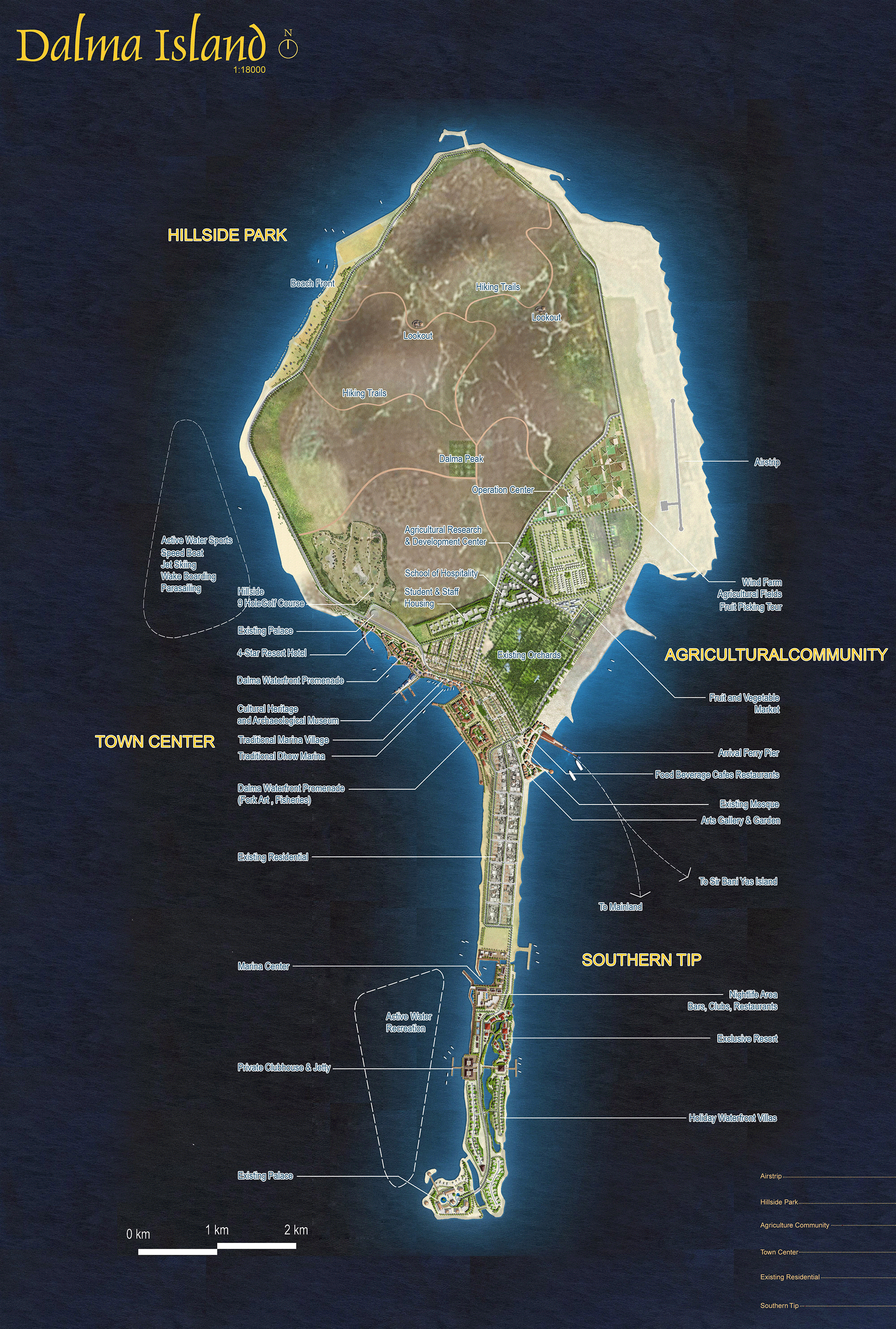
Location: Abu Dhabi, UAE
Year: 2006
In Conjunction with AECOM
Dalma is an Emirati island located in the Arabian Guldf approximately 42 kilometres (26 mi) off the coast of Abu Dhabi and 116 kilometres (72 mi) from Doha. The Abu Dhabi Islands Archaeological Survey ADIAS carried out an initial archaeological survey of Dalma island in 1992. A total of more than 20 archaeological sites were identified on the island, ranging in time from the Neolithic (Late Stone Age). The population consists of about 10,000 inhabitants, most of whom are Qatari who have been granted UAE nationality. The island has many private farms for the ruling family of Abu Dhabi. The late ruler Abu Dhabi Sheikh Zayed al-Nahyan had a palace here. There are many oil field workers working on the island, s
The masterplanning of the group of islands called the Arabian Islands by the master planners was executed by the EDAW London, EDAW HK and EDAW Abu Dhabi offices, and lead by Lee Tabler the CEO of TDIC at the time.ome of them who fly in from the major cities.
Msheireb Master Plan

.jpg)
Location; Doha Qatar
Year; 2006
In Conjunction with AECOM
Msheireb means ‘a place to drink water’ in Arabic. It is a US$5.5 billion master plan covering an area of 310,000 sq meters and with a GFA of 764,176 square meters.
The master plan comprises six distinct phases. The first phase, referred to as the ‘Diwan Amiri Quarter’, currently under construction, features a combination of three major government buildings including the National Archive, along with heritage sites, a museum and an Eid Prayer Ground.
Future phases include four 5-star hotels, grade A commercial office space, residential land uses and a retail component with food and beverage uses. There is also a significant community and arts focus, featuring a cultural forum, school, nurseries and mosques.
Dubai Bastakiya Plot Development
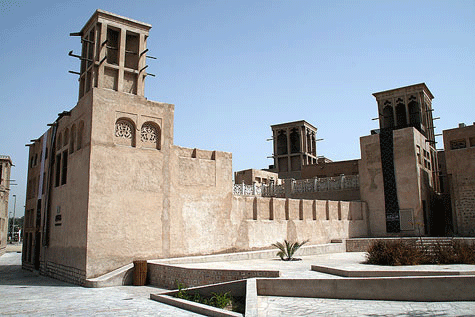
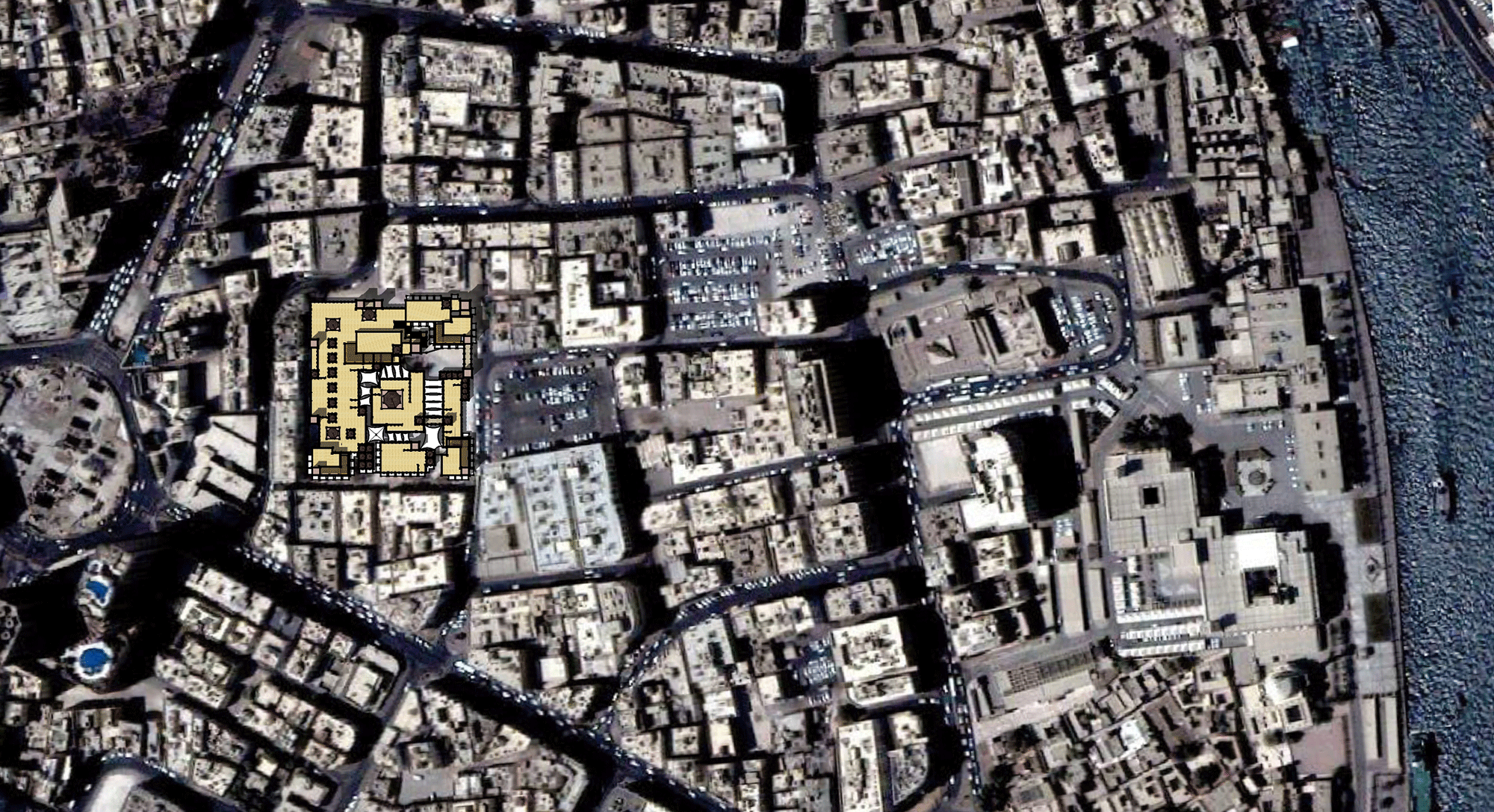
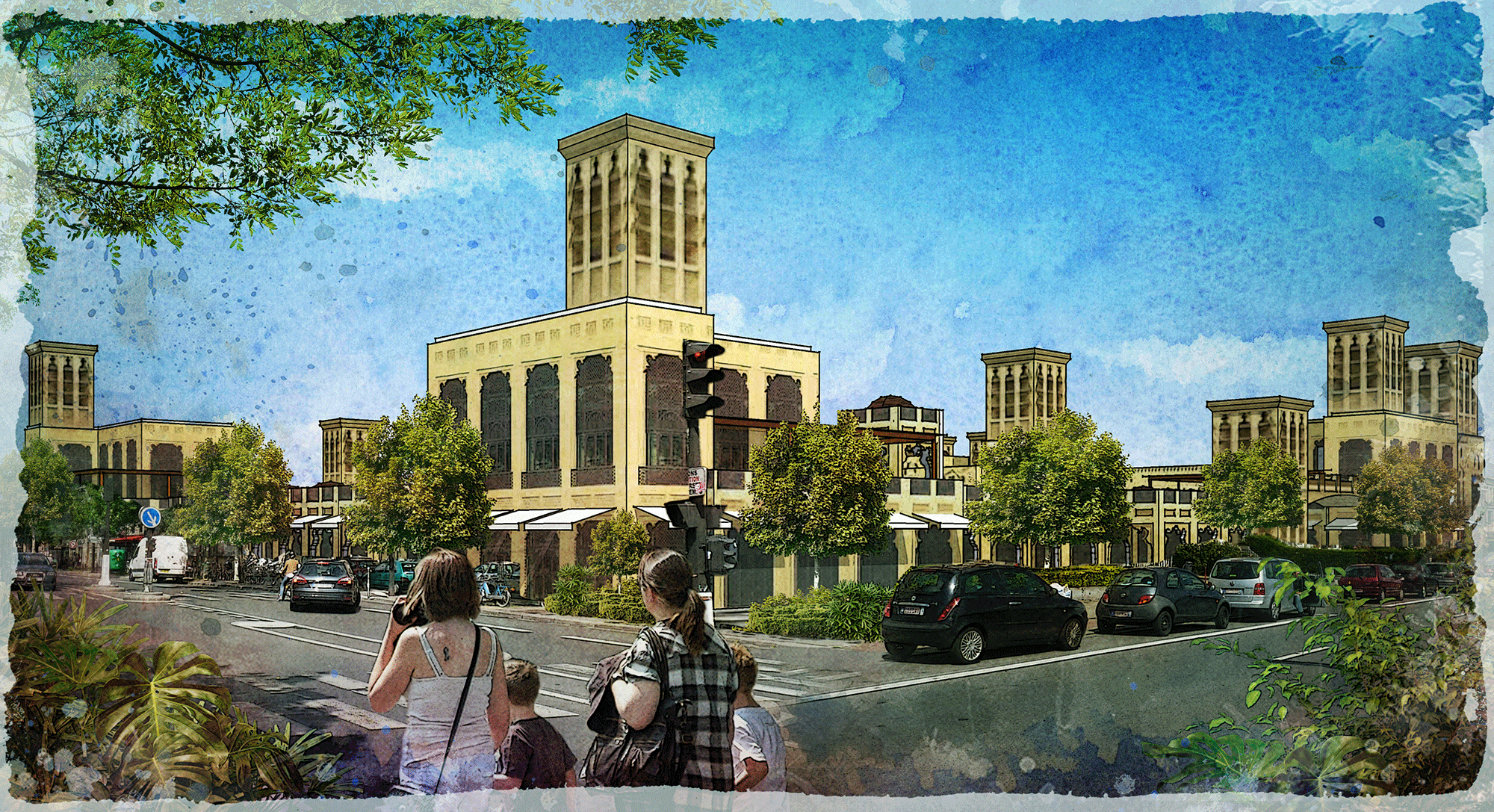
Dubai Archaeology museum redevelopment


Pretoria Capitol Theatre Restoration Documentation
.jpg)
_JPG.jpg)
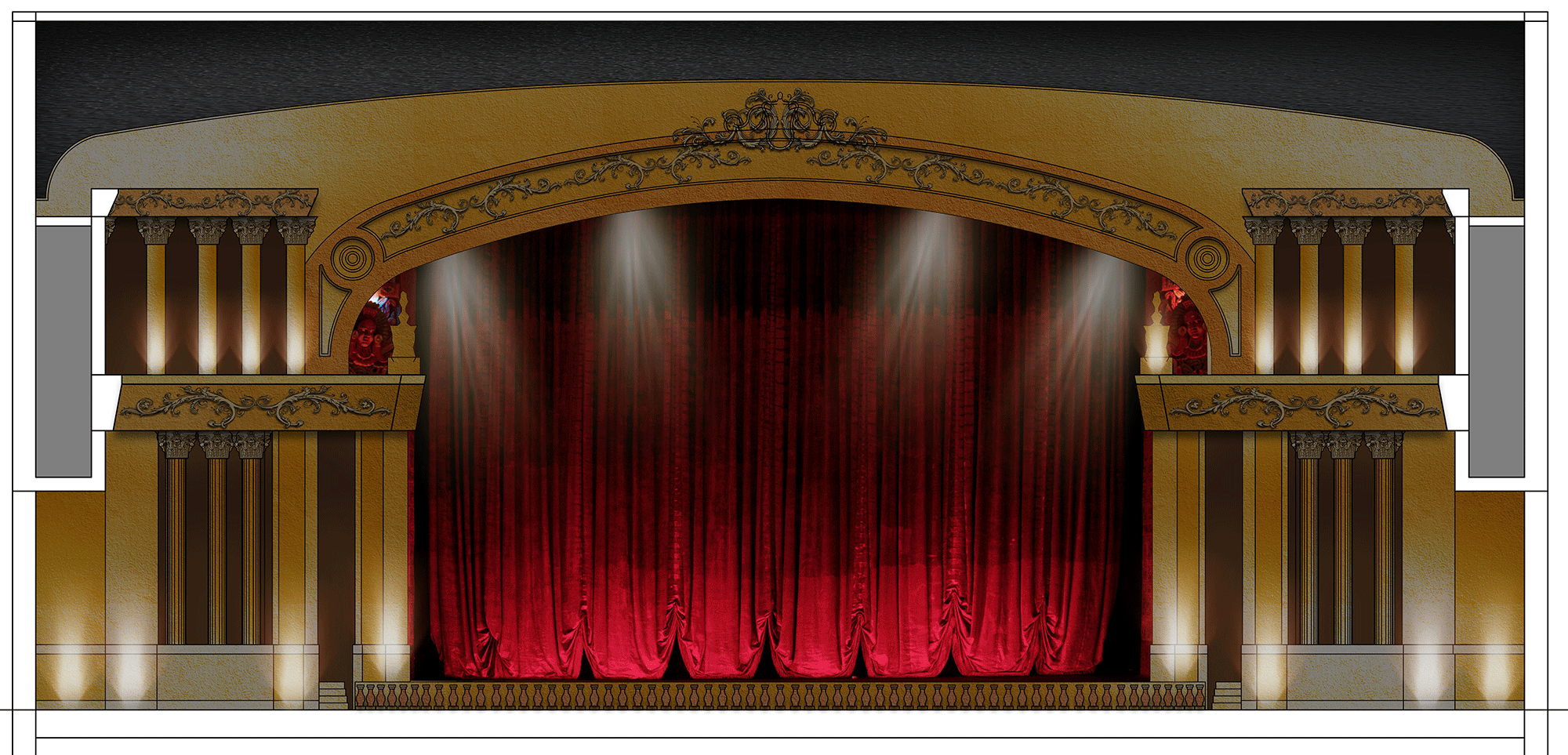

Ndzundza Ndebele Township Reconstruction M Arch McGill University
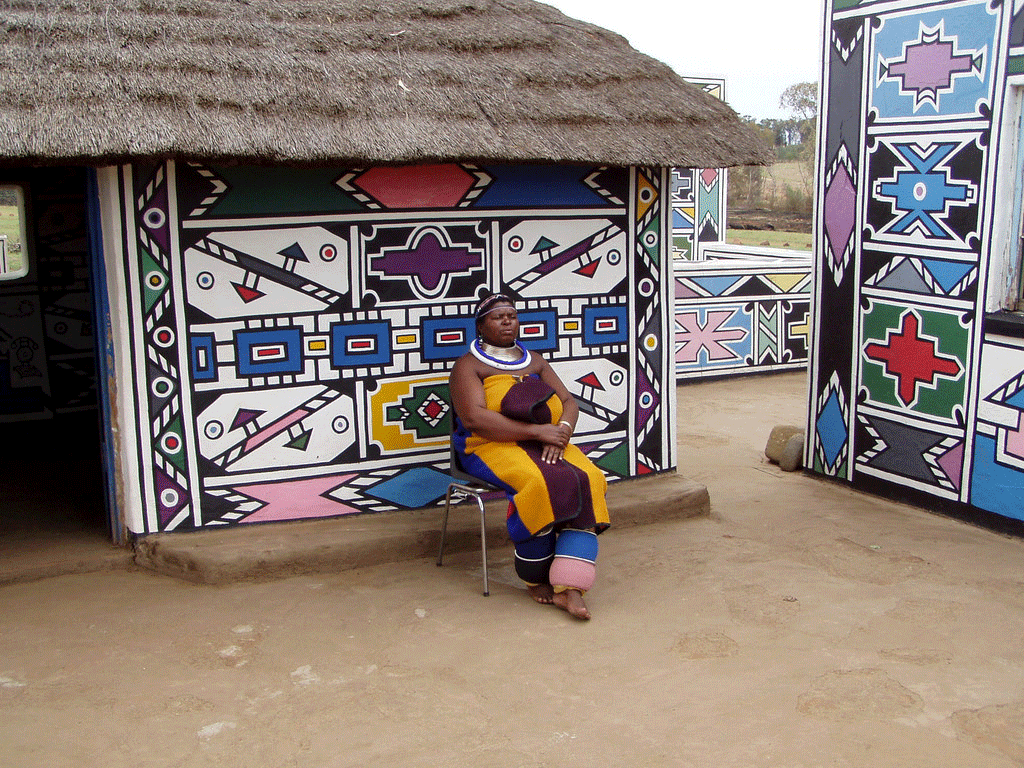
Pretoria Westford Restoration Proposal B Arch cum laude
